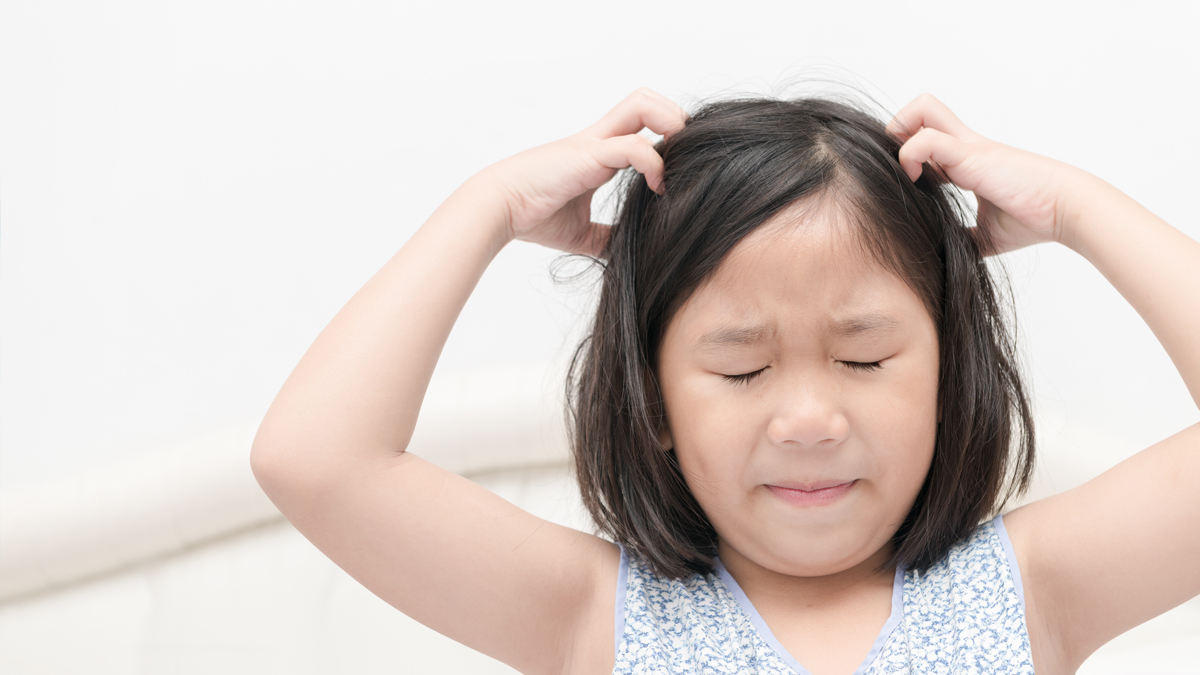Lice. The word itself sends a shiver down the spines of many. To have it is a dreaded rite of passage – especially for kids and families. Treating lice and getting rid of them in your home can be time-consuming, expensive and exhausting. If you make the unpleasant discovery that lice are suddenly part of your life – whether on you, on someone you are physically close with or if your home has been exposed to them – it’s important to understand the facts so you can properly address the situation.
Lice are small parasitic insects that feed on human blood and live on our scalps. The adults are, on average, the size of a sesame seed, while younger ones called nymphs can be the size of a pinhead and are better seen under a magnifying glass. Smaller lice are often mistaken for dandruff, flecks of dirt or other small particles found in the hair, so they can be overlooked in the beginning as the infestation grows. Nits, which are lice eggs, are strongly attached to the base of the hair shafts near the scalp and hatch after about a week.
While itching and a tickling feeling are often symptoms of a lice infestation, the Centers for Disease Control and Prevention reported that it can take several weeks between the infestation’s beginning and when itching is finally felt. Some people do not ever feel the itching. With microscopic insects, nits’ span of hatching and symptoms out of sync, head lice can spread easily, and it would be weeks before the host realizes it.
Lice are commonly spread through preschool- and elementary-aged children due to the nature of their interactions and frequent head-to-head contact and can easily spread to other caretakers or family members on hairbrushes, sheets, pillows, towels, stuffed animals and any object the infested head has come into contact with. In the winter, sharing things like scarves and hats also can spread lice to others.
Clean-looking hair doesn’t mean lice aren’t present. On the contrary, lice prefer clean hair because it is easier for them to navigate.
Lice cannot live without a host for more than two days, according to the CDC, so laundering all potentially infested sheets, towels and clothes in hot water is recommended. Items that cannot be washed should be placed in a sealed bag for two weeks can help prevent re-infestation.
Many different types of over-the-counter and prescription medicines treat head lice. Some are designed to kill living lice and must be repeated later to kill the freshly-hatched nymphs; the nits are not always eliminated with those treatments.
There are lice treatment centers where customers can go for lice checks and in-person treatment. Lice Beware, located in Mount Pleasant, has staff trained in the Shepherd Method strand-by-strand nit removal technique and also offers a heat treatment.
The CDC estimates that between 6 million and 12 million infestations occur annually, and the possibility for re-infestation is high. While it can be an embarrassing reality for many people, it is important to disclose this information to those who have been in close contact so they can take precautions and check for lice to stop the infestation from spreading to even more people.
A lice infestation is indeed frustrating and expensive, but with facts to help you understand what it is, how to recognize and treat symptoms and prevent it from spreading, you can be better equipped to handle the situation. Over the holiday break, as heads come into close contact through hugging loved ones, having sleepovers and sharing winter hats or coats, it’s important to be vigilant so you can enjoy a lice-free holiday season.
By Anne Toole







